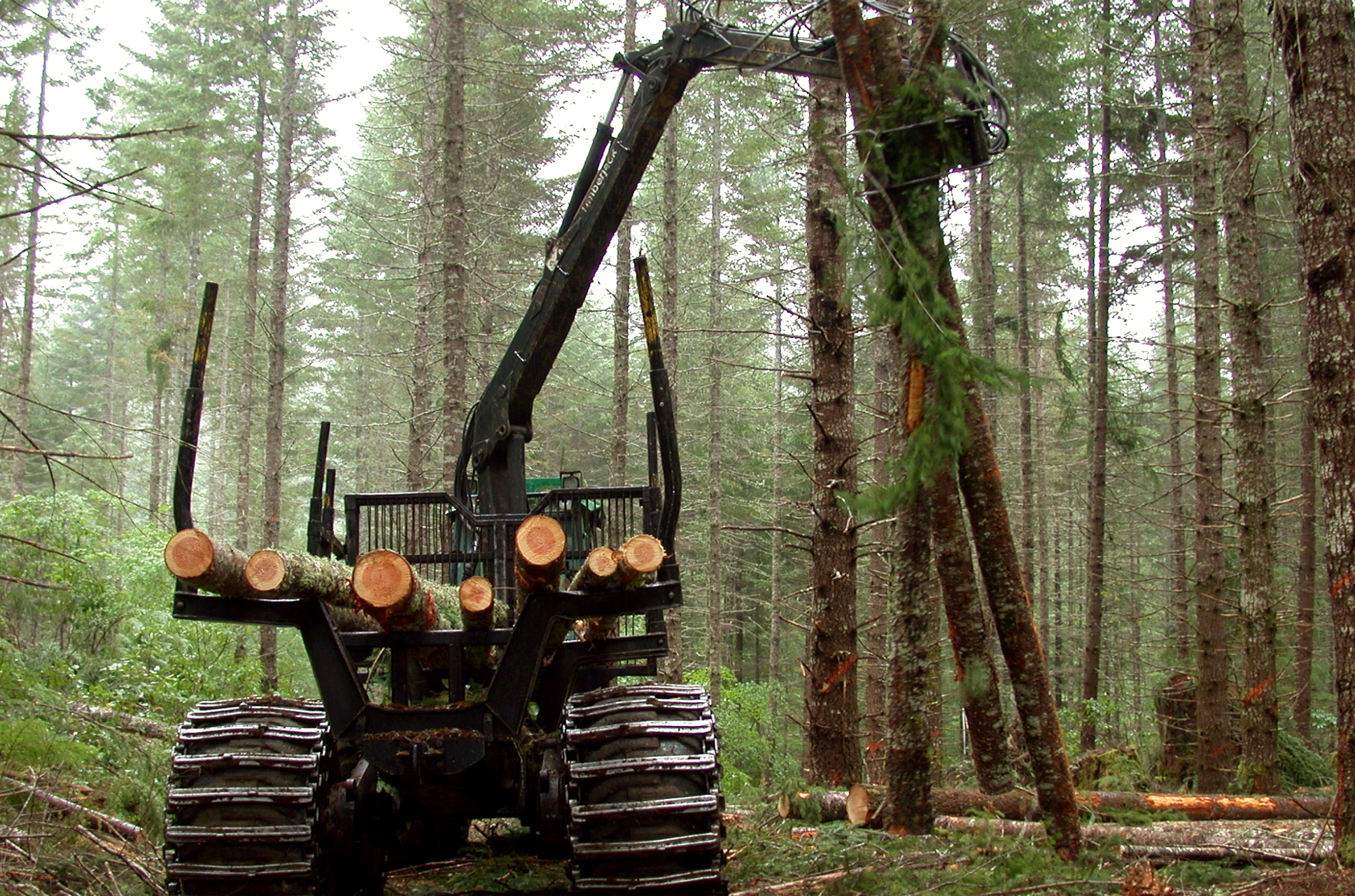Given the wide-ranging scope of the Trans-Pacific Partnership (TPP), a trade deal spanning some 6,000 pages, most analyses in the media relate to the general economic impact it could have upon its parties: Australia, Brunei Darussalam, Canada, Chile, Japan, Malaysia, Mexico, New Zealand, Peru, Singapore, the United States of America, and Vietnam. As academia and the public became more familiar with the content of the agreement, industry-specific analyses will become more prevalent, identifying particular areas for growth. For example, with the seemingly imminent expiration of the Softwood Lumber Agreement (SLA) between Canada and the US, the TPP opens up opportunities for Canadian lumber exporters to fuel value-added industries in the Asia-Pacific region.
The SLA, which originally entered into force in October 2006, committed the US to lifting countervailing and anti-dumping duties on Canadian softwood lumber so long as lumber prices continued to stay above a certain range. Below that range, the US would impose a mixed export tax/quota regime on Canadian lumber imports. The agreement was granted an extension in 2012 but has since expired in October 2015. In March 2016, Canada’s Prime Minister Justin Trudeau, and US President Barack Obama, called for renewed efforts to resolve the trade dispute between the two countries over lumber. In response, Chrystia Freeland, Canada’s Minister of International Trade, pledged to achieve significant process toward a deal “within 100 days”. Those 100 days passed as of the end of June 2016.
The US is by far the largest market for Canadian lumber, accounting for 53% of exports in 2013, and so the SLA expiration creates considerable uncertainty in bilateral trade. As such, the tariff reductions on softwood lumber detailed in the TPP are quite promising for the Canadian forestry industry. Japan is already the third largest consumer of Canadian lumber worldwide, behind only the US and China. Tariffs on softwood lumber, which are currently at 6%, will be eliminated upon the entry into force of the TPP. Meanwhile, tariffs on spruce, pine, and fir (SPF) lumber will be halved upon entry into force from 4.8% to 2.4%, with the lower tariff to be phased out entirely in 15 years.
Within the text of the TPP, the Japanese have also instituted safeguard measures on Canadian SPF lumber similar to those set out by the Americans in the now defunct SLA. With how much both Japan and Canada stand to gain from the streamlining of lumber exchange, it is possible that, were the TPP delayed or even rejected by the US Congress, these terms could be incorporated into an industry-specific Japan-Canada trade agreement in the future.
Malaysia, Singapore, and Vietnam have no tariffs on Canadian softwood lumber, but Brunei imposes a notoriously high tariff of 20%. With the entry into force of the TPP, Brunei will immediately eliminate its tariff on lumber imports, opening up an admittedly small alternative market for Canadian softwood lumber. Australia and New Zealand are also interesting potential markets; both countries impose 5% tariffs on lumber, which will be eliminated upon entry into force. Australia and New Zealand are not currently destination markets for Canadian softwood lumber, but the elimination of tariffs under the TPP could lead markets to behave in unexpected ways.
For Canada, a $17.1 billion export industry is at stake with the expiry of the SLA with the US. China’s demand has grown remarkably, such that the Chinese market accounts for 34% of Canada’s total softwood lumber exports. But the advent of the TPP agreement should make it apparent to Canadian policymakers and industry leaders that an expanded market presence in the Asia-Pacific region is essential. Japan has ample demand for lumber, while significant Southeast Asian markets like Indonesia and the Philippines have indicated interest in participating in the TPP. Complacency will allow other lumber exporters like the US and Chile to capture market share, leaving Canada in the woods.
Photo: Wood Economy (2012), by Albert Herring via Wikimedia Commons. Licensed under CC BY 2.0.
Disclaimer: Any views or opinions expressed in articles are solely those of the authors and do not necessarily represent the views of the NATO Association of Canada.




